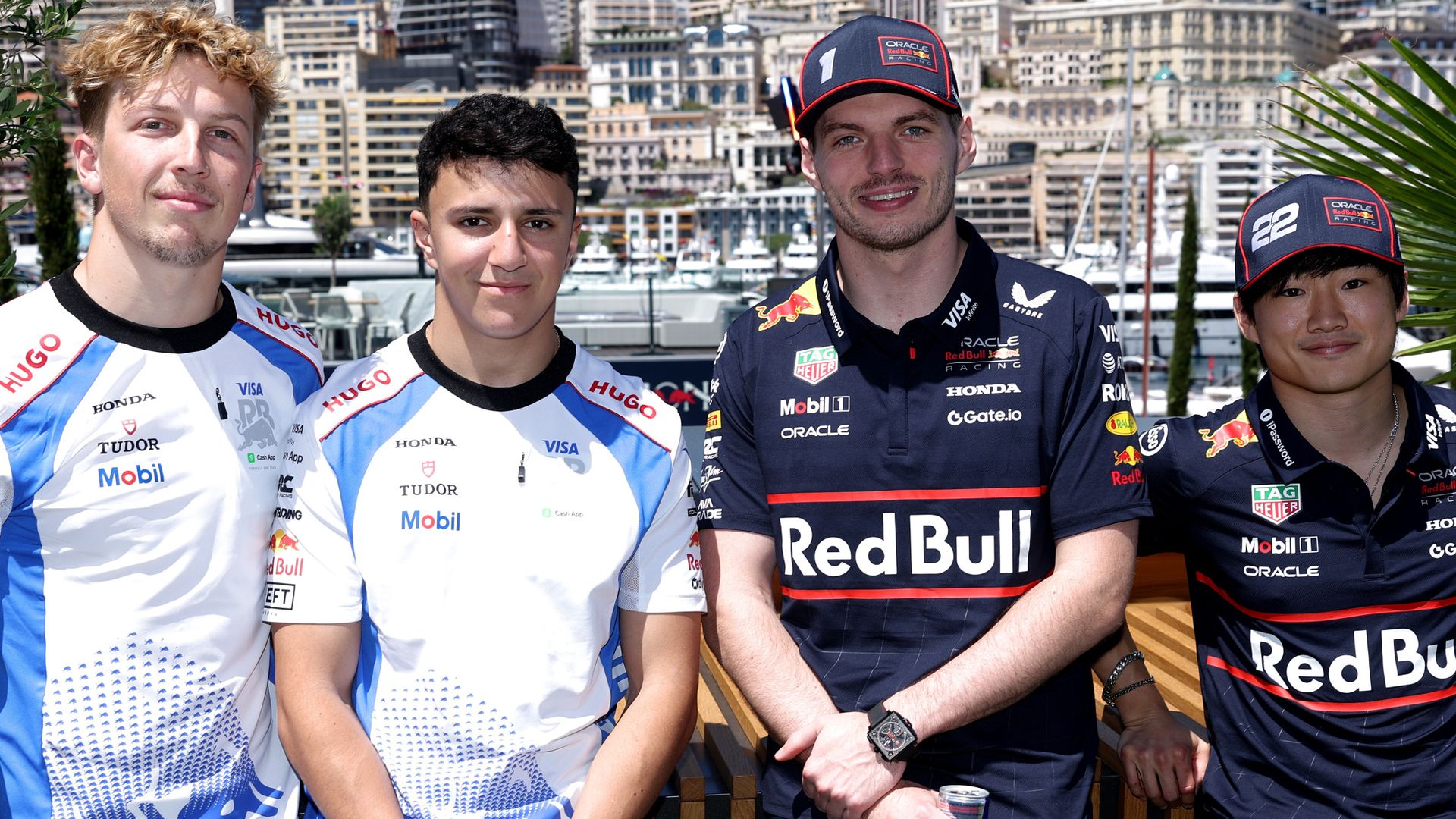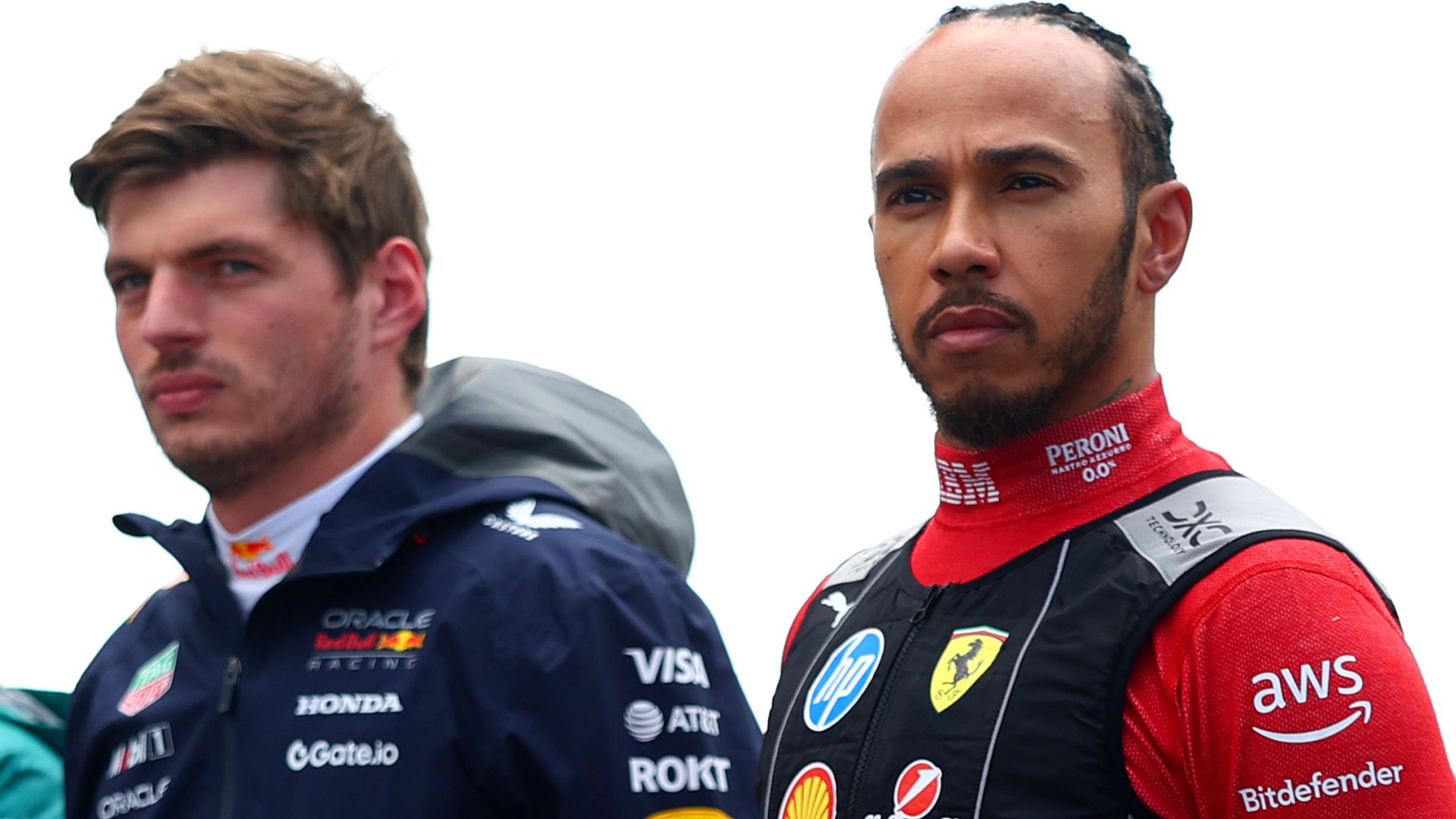Red Bull’s 2026 Driver Line-Up Delay: A Dangerous Game of Power and Control in Formula 1 Racing
The world of Formula 1 racing is no stranger to drama, but the recent decision by Red Bull Racing to delay their 2026 driver line-up has ignited a firestorm of speculation and controversy. This move, reminiscent of political maneuvering in high-stakes governance, raises questions about the team’s strategy, the implications for its current drivers, and the broader impact on the sport itself. As Red Bull navigates this complex landscape, the ramifications of their choices could reverberate throughout the paddock and beyond.
Red Bull Racing has established itself as a dominant force in Formula 1 since its inception in 2005. With multiple Constructors’ Championships and a reputation for nurturing young talent, the team has become synonymous with success. However, the decision to postpone the announcement of their 2026 driver line-up suggests a shift in strategy that could have significant implications for both the team and its drivers.
The delay in finalizing the driver line-up raises eyebrows, particularly given the competitive nature of Formula 1. Teams are constantly evaluating their options, and the ability to secure top talent is crucial for maintaining a competitive edge. By pushing back their decision, Red Bull may be signaling a desire to reassess their current roster and explore potential new partnerships. This could lead to a shake-up in the driver market, with implications for both established stars and emerging talent.
One of the key factors influencing Red Bull’s decision is the changing landscape of Formula 1. With the introduction of new regulations and a focus on sustainability, teams are being forced to adapt their strategies. The 2026 season will see the implementation of new power unit regulations, which could significantly alter the competitive balance. Red Bull’s delay may be a strategic move to ensure they are aligned with the evolving demands of the sport and to position themselves for success in this new era.
The implications of this delay extend beyond the team itself. Current drivers, such as Yuki Tsunoda, find themselves in a precarious position. Tsunoda, who has shown flashes of potential but has struggled with consistency, may be left in limbo as Red Bull evaluates its options. The uncertainty surrounding the driver line-up could impact Tsunoda’s performance and future prospects within the team. In a sport where performance is closely scrutinized, the pressure to deliver results is immense, and any hint of instability can have far-reaching consequences.
Moreover, the delay in announcing the driver line-up could also affect Red Bull’s relationships with its partners and sponsors. In a sport where branding and image are paramount, uncertainty surrounding the team’s future direction may raise concerns among stakeholders. Sponsors want to align themselves with winning teams, and any perception of instability could lead to hesitancy in securing partnerships. Red Bull must navigate this delicate balance as they weigh their options and consider the broader implications of their decisions.
The timing of this delay is particularly noteworthy in light of the upcoming driver market frenzy. With several high-profile contracts set to expire at the end of the current season, teams are actively seeking to secure their preferred drivers for the future. Red Bull’s decision to delay could be seen as a gamble, as they risk losing out on top talent if they do not act swiftly. The competitive nature of the driver market means that every moment counts, and teams must be proactive in securing their future stars.
In the context of Formula 1’s history, Red Bull’s decision to delay their driver line-up is not unprecedented. Teams have often faced similar dilemmas, weighing the benefits of stability against the need for change. The sport has seen its fair share of driver swaps and unexpected partnerships, with teams constantly seeking the right combination to achieve success. Red Bull’s current predicament serves as a reminder of the delicate balance between ambition and caution in the pursuit of excellence.
As the 2026 season approaches, the pressure on Red Bull to finalize their driver line-up will only intensify. The team’s management must carefully consider their options, weighing the potential benefits of new talent against the risks of disrupting their current roster. The stakes are high, and the consequences of their decisions could shape the future of the team for years to come.
In conclusion, Red Bull Racing’s delay in announcing their 2026 driver line-up is a bold move that has sparked controversy and speculation within the Formula 1 community. As the team navigates the complexities of the sport’s evolving landscape, the implications of their choices will undoubtedly reverberate throughout the paddock. The pressure is on for Red Bull to make the right decisions as they prepare for a new era in Formula 1 racing.




